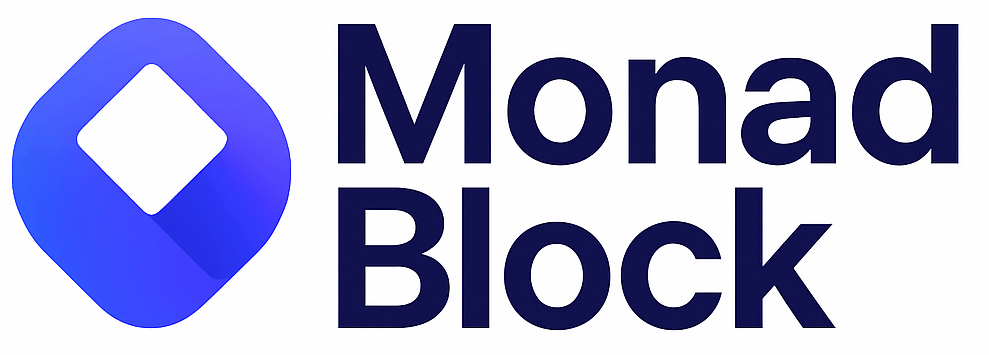
The pursuit of Ethereum scalability has driven a wave of innovation across Layer 1 blockchains, but few approaches have been as transformative as Monad’s parallel EVM architecture. By reimagining the execution layer with a focus on optimistic parallelism, Monad delivers a high-performance EVM chain capable of processing over 10,000 transactions per second (TPS) while maintaining full Ethereum compatibility. This article examines the four core technical optimizations that underpin Monad’s breakthrough: Optimistic Parallel Execution Engine, MonadBFT consensus, Asynchronous State Storage and Access, and Full EVM Compatibility with Deterministic Parallelism.

Optimistic Parallel Execution Engine: Breaking the Sequential Barrier
Traditional EVM blockchains process transactions one by one, creating a bottleneck that limits throughput and leads to network congestion. Monad’s Optimistic Parallel Execution Engine tackles this limitation head-on. Instead of assuming every transaction must be executed in order, Monad processes multiple transactions concurrently, optimistically assuming they are independent. If a dependency or conflict is detected during execution, Monad rolls back and re-executes only the affected transactions, ensuring state consistency without sacrificing speed.
This paradigm shift is more than a performance upgrade; it’s a fundamental rethinking of how smart contract execution can scale. By leveraging optimistic concurrency, Monad enables dApps to deliver user experiences on par with centralized systems, without compromising decentralization or security. For developers, this means less time spent optimizing for gas efficiency and more focus on building feature-rich applications.
MonadBFT: High-Throughput Consensus Protocol
Consensus is the heartbeat of any blockchain, and Monad’s approach is both disciplined and innovative. MonadBFT, inspired by HotStuff, reduces the number of communication rounds required for consensus from three to two. This optimistically responsive protocol allows consensus rounds to progress at the speed of actual network latency, not arbitrary timeouts. The result is single-slot finality, dramatically reducing block times and supporting Monad’s ultra-high throughput goals.
The impact of MonadBFT extends beyond raw TPS numbers. By minimizing communication steps and aligning consensus with real-world network conditions, MonadBFT enhances both security and efficiency. Validators can participate with consumer-grade hardware, promoting greater decentralization. For enterprises and developers, this means predictable transaction finality and a robust foundation for mission-critical dApps.
Monad’s Four Innovations Powering 10,000+ TPS
-
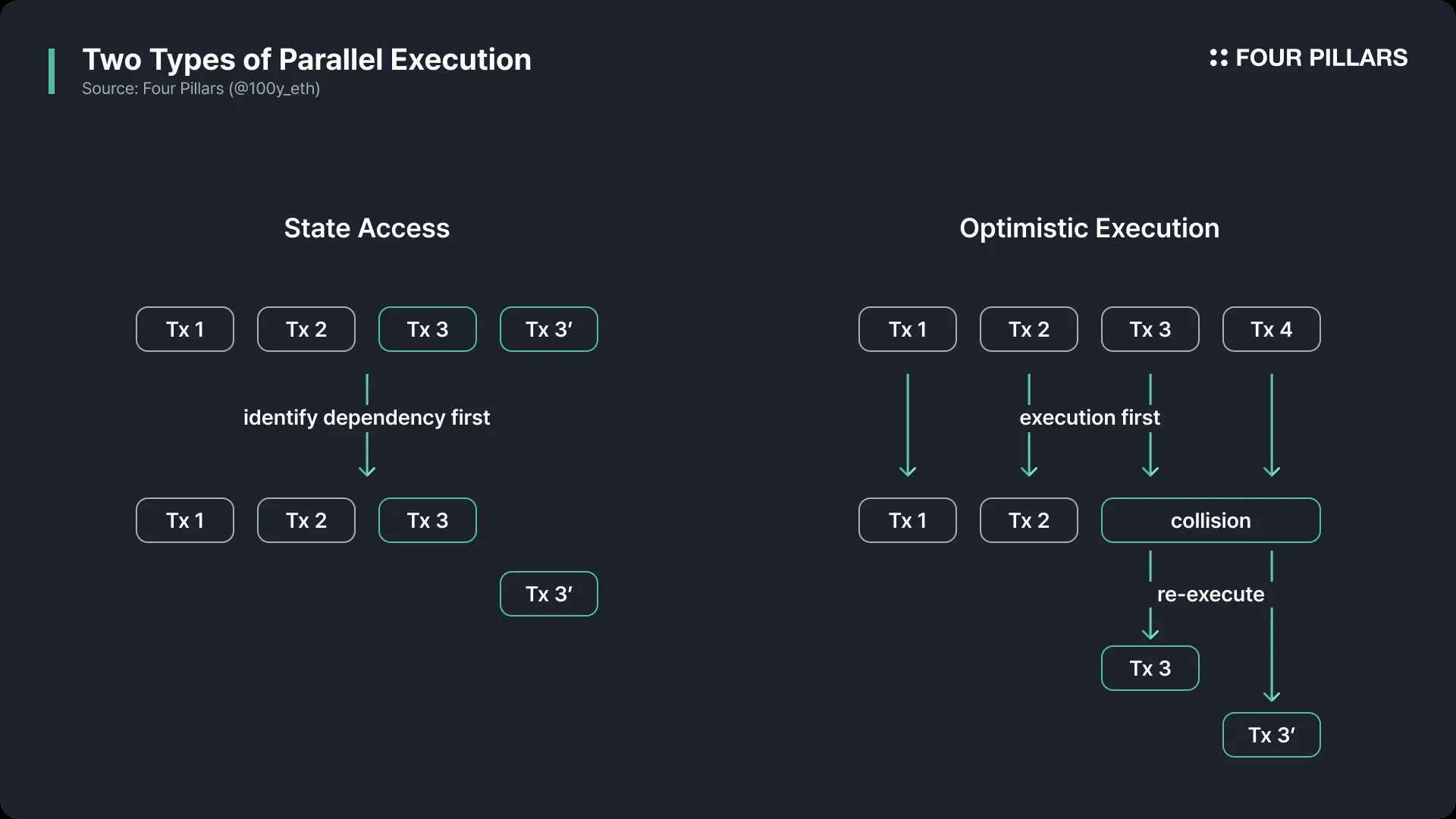
Optimistic Parallel Execution Engine: Monad introduces a parallel execution model that processes multiple transactions concurrently, assuming independence. If dependencies arise, affected transactions are re-executed to ensure consistency. This dramatically increases throughput compared to traditional sequential execution, unlocking over 10,000 TPS without sacrificing blockchain integrity.
-
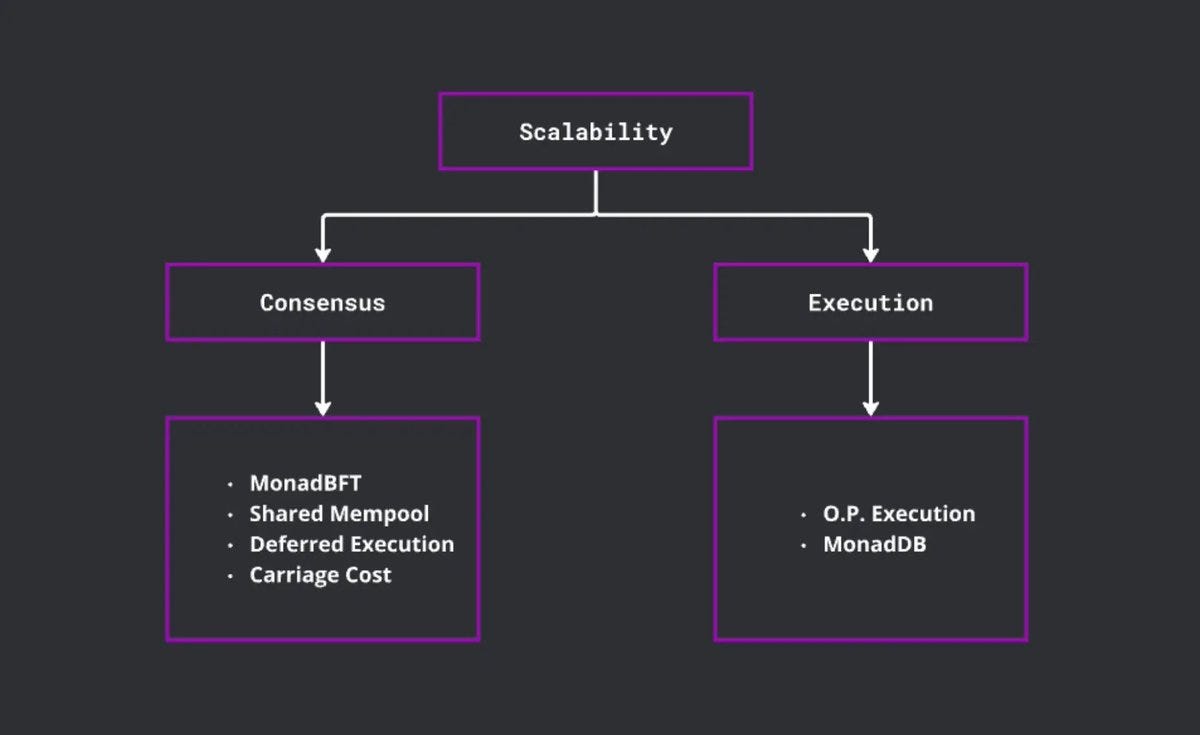
MonadBFT: High-Throughput Consensus Protocol: Built on concepts from HotStuff, MonadBFT reduces consensus communication steps from three to two. This optimistically responsive protocol allows consensus to progress at network latency speeds, enabling rapid block finality and supporting high transaction volumes.
-
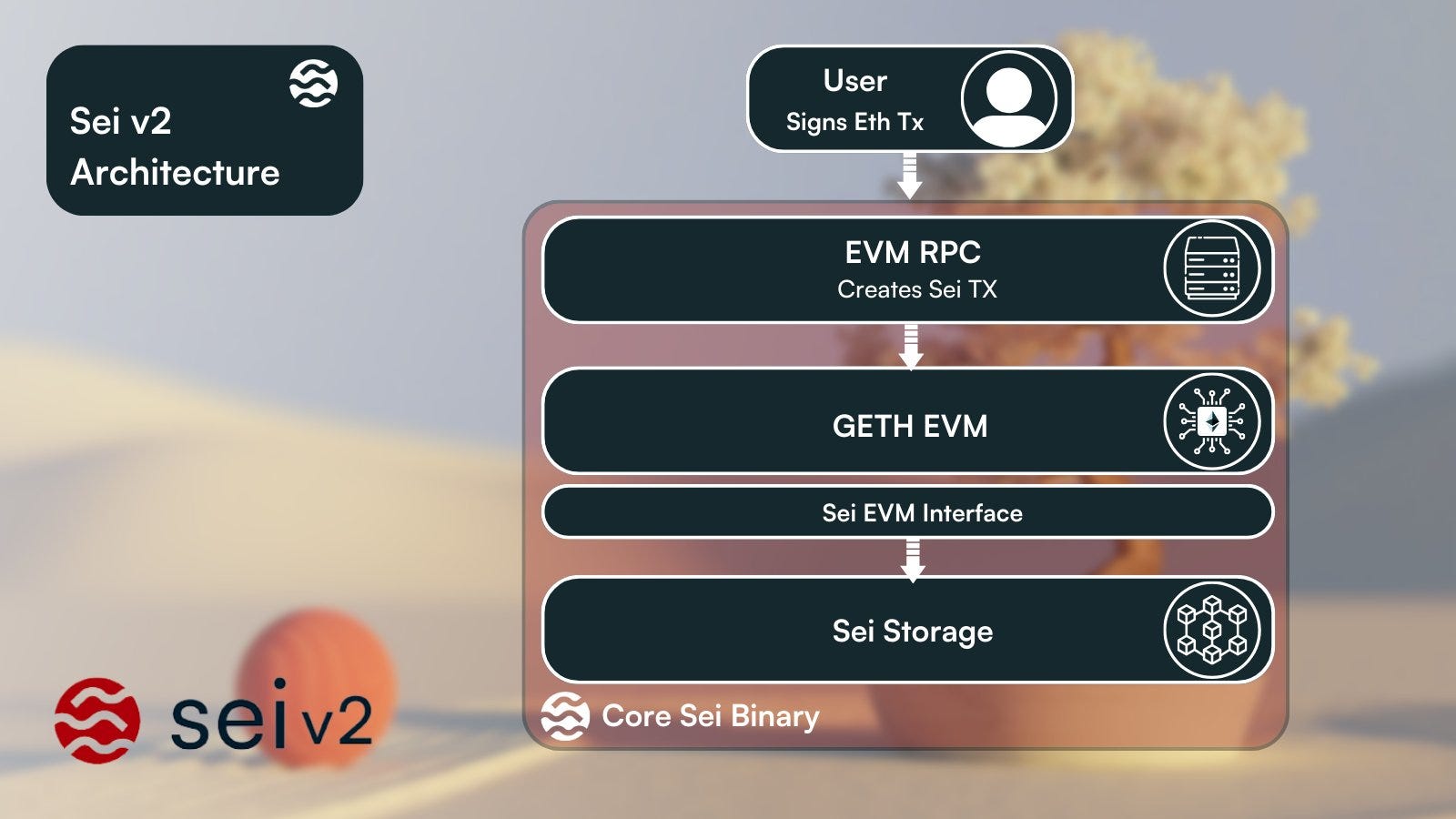
Asynchronous State Storage and Access: Monad leverages MonadDB, a custom state database optimized for the Merkle Patricia Trie structure and efficient SSD usage. This asynchronous approach reduces RAM requirements, lowers hardware costs, and allows consumer-grade devices to participate, further decentralizing the network while maintaining high-speed state access.
-
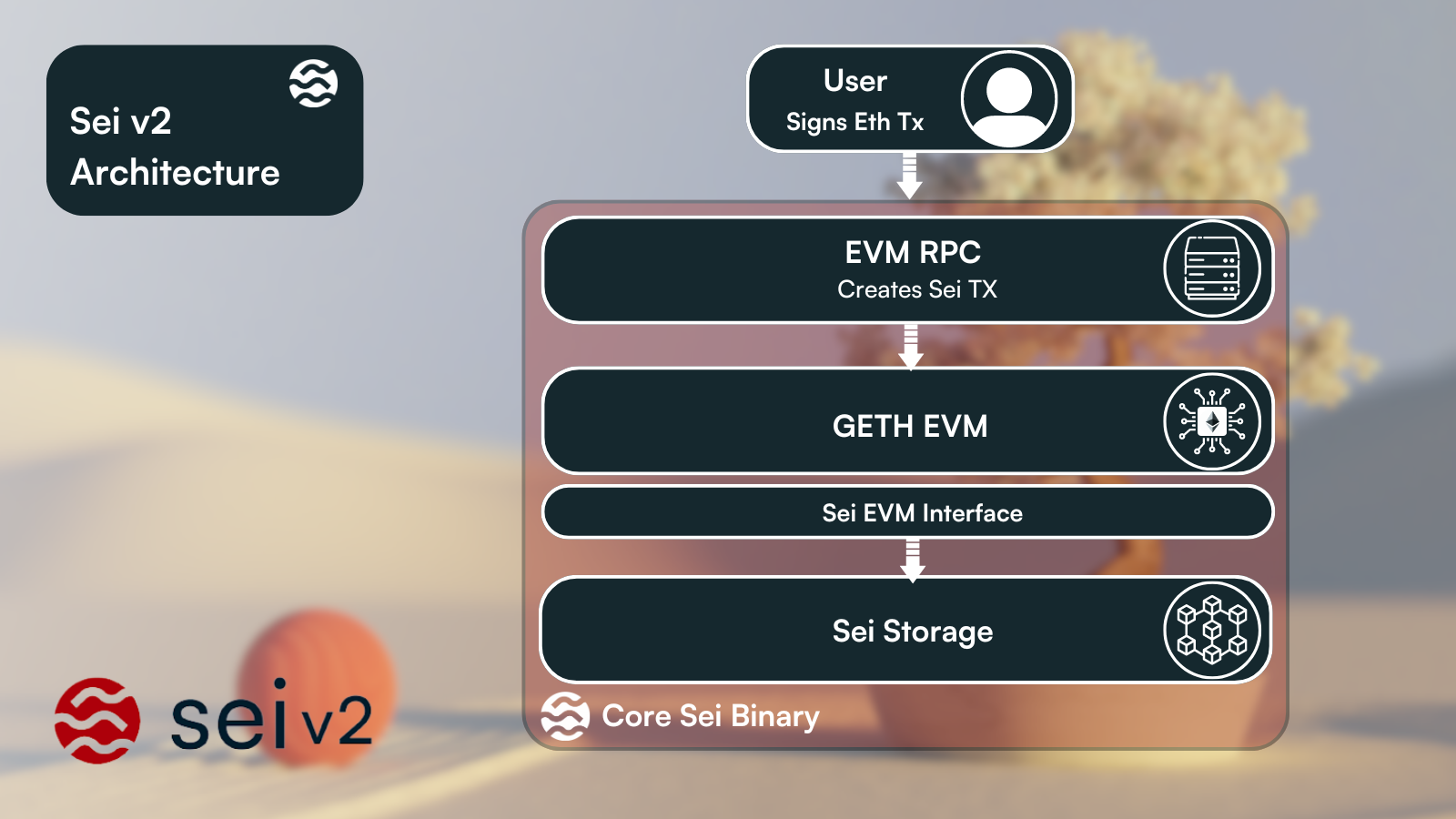
Full EVM Compatibility with Deterministic Parallelism: Monad maintains complete compatibility with the Ethereum Virtual Machine (EVM), enabling seamless migration of existing Ethereum dApps. Its deterministic parallel execution ensures that applications behave identically to Ethereum, while benefiting from Monad’s performance enhancements.
Asynchronous State Storage and Access: Scaling Without Centralization
High-speed execution demands a state database that can keep pace. Monad introduces a custom solution: MonadDB, which is optimized for the Merkle Patricia Trie (MPT) structure at the heart of Ethereum’s state model. Unlike legacy blockchains that depend heavily on RAM, MonadDB efficiently utilizes SSD storage, dramatically reducing hardware requirements. This design choice lowers barriers to entry for node operators, supporting a more decentralized and resilient network.
Asynchronous state access ensures that parallel transaction execution is not bottlenecked by slow or centralized storage. Instead, state reads and writes are managed in a way that maximizes concurrency while preserving deterministic outcomes. This architectural decision is critical for sustaining 10,000 and TPS without sacrificing the trustless, permissionless nature of blockchain.
By decoupling execution from state storage, Monad empowers the network to scale horizontally. Nodes can process massive volumes of transactions in parallel, with state updates handled asynchronously and efficiently. This not only supports high throughput but also enables a more inclusive validator set, as the hardware requirements remain accessible to a broader community.
Full EVM Compatibility with Deterministic Parallelism: Seamless Migration, Predictable Results
For developers and enterprises, full EVM compatibility is non-negotiable. Monad delivers this while introducing deterministic parallelism, a technical feat that ensures transactions executed in parallel always yield the same results, regardless of order. This is essential for maintaining the integrity and predictability that smart contract developers expect from the EVM environment.
The practical upshot is that existing Ethereum dApps and tooling can migrate to Monad with minimal friction. Developers reap the benefits of parallel execution and high throughput without rewriting contracts or learning new paradigms. This compatibility is not just a convenience; it’s a strategic advantage that accelerates ecosystem growth and unlocks new possibilities for DeFi, gaming, and enterprise applications.
With deterministic parallelism, Monad eliminates the risk of non-deterministic outcomes that can plague parallelized execution. This reliability is critical for composable DeFi protocols and complex dApp architectures, where transaction order and state consistency are paramount. Monad’s approach ensures that speed never comes at the expense of correctness.
Monad in Action: The Next Era of dApp Performance
Monad’s four core innovations, Optimistic Parallel Execution Engine, MonadBFT, Asynchronous State Storage and Access, and Full EVM Compatibility with Deterministic Parallelism, form a synergistic foundation for the next generation of scalable dApps. The impact is already being felt across the ecosystem, with developers reporting seamless migrations and unprecedented transaction speeds.
For those seeking to understand the technical details or explore Monad’s architecture further, the official documentation provides a comprehensive resource: Monad Parallel Execution Documentation. For a broader overview of the technology stack, visit Monad Technology Overview.
Monad’s Core Innovations Powering 10,000+ TPS
-
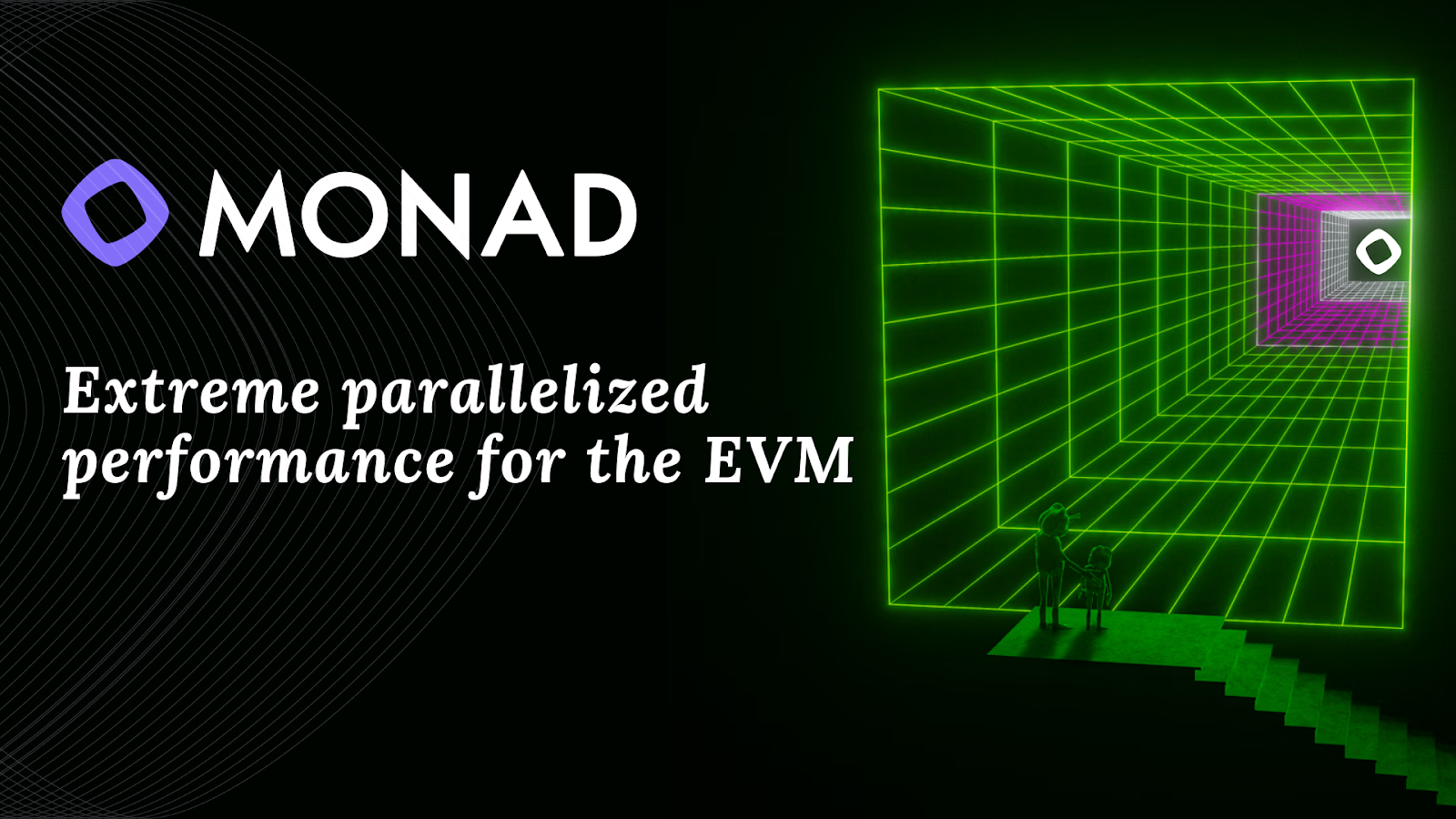
Optimistic Parallel Execution Engine: Monad’s execution engine processes multiple transactions concurrently, assuming independence between them. This dramatically increases throughput by leveraging optimistic concurrency, with automatic re-execution for dependent transactions to ensure consistency. Developers benefit from significantly reduced bottlenecks and enhanced scalability for complex dApps.
-

MonadBFT: High-Throughput Consensus Protocol: Monad’s consensus mechanism, inspired by HotStuff, reduces communication rounds to just two. This optimistically responsive protocol achieves single-slot finality and progresses at network latency speed, enabling high transaction throughput without sacrificing security or decentralization.
-
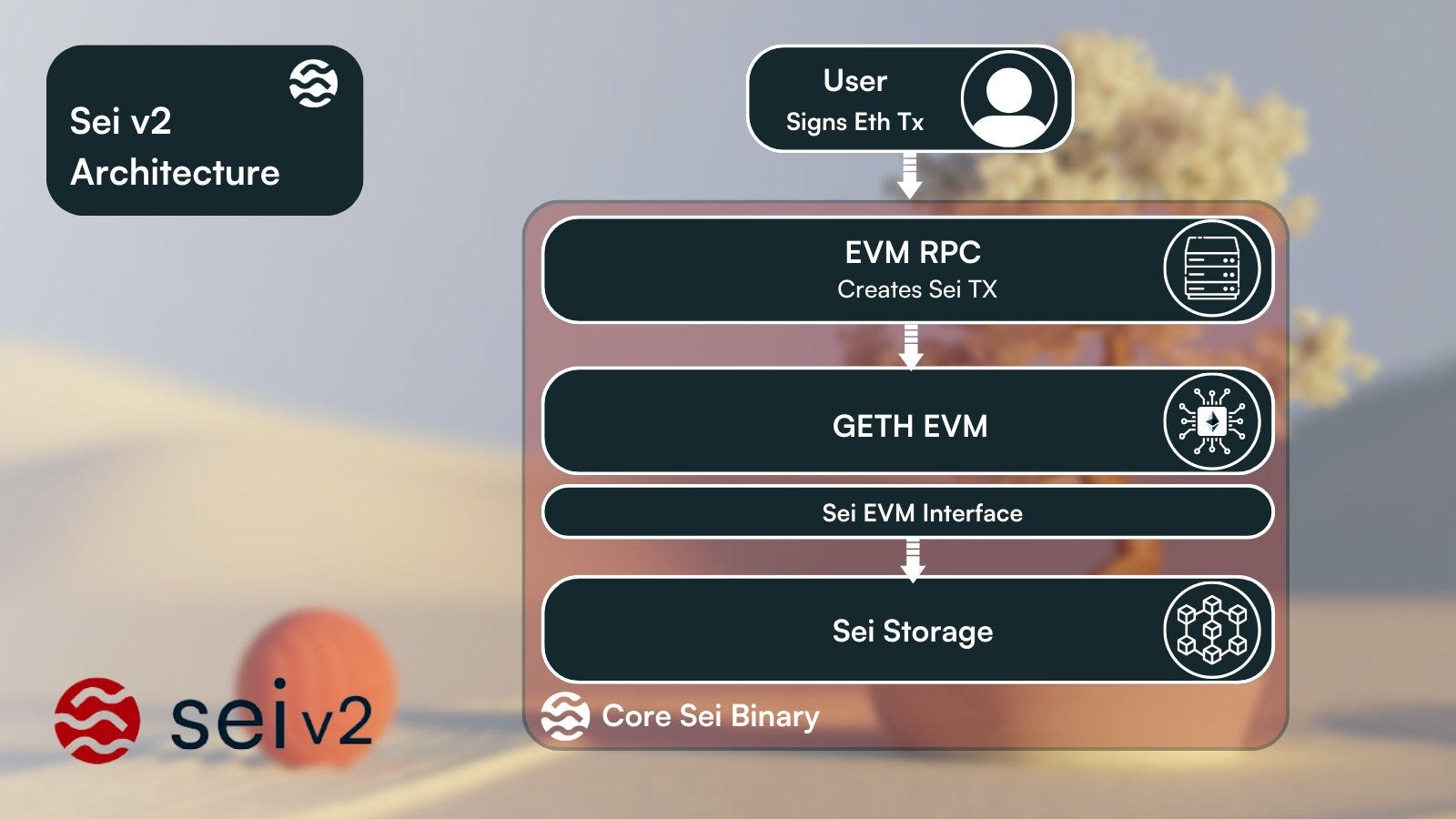
Asynchronous State Storage and Access: Monad introduces MonadDB, a custom state database optimized for the Merkle Patricia Trie (MPT) that efficiently utilizes SSD storage. This asynchronous approach reduces reliance on RAM, lowers hardware costs, and allows consumer-grade nodes to participate—promoting a more decentralized and accessible network.
-

Full EVM Compatibility with Deterministic Parallelism: Monad maintains complete EVM compatibility, ensuring seamless migration of existing Ethereum dApps. Its deterministic parallel execution model guarantees that outcomes remain consistent, even when transactions are processed in parallel, making it easy for developers to build scalable applications without rewriting code.
As the demand for high-performance, Ethereum-compatible blockchains intensifies, Monad stands out by delivering on both speed and decentralization. Its disciplined approach to parallelization, consensus, and storage sets a new benchmark for what’s possible in EVM scalability. For developers, enterprises, and crypto enthusiasts alike, Monad’s innovations offer a glimpse into the future of Web3, where throughput, security, and compatibility are no longer trade-offs, but expectations.
